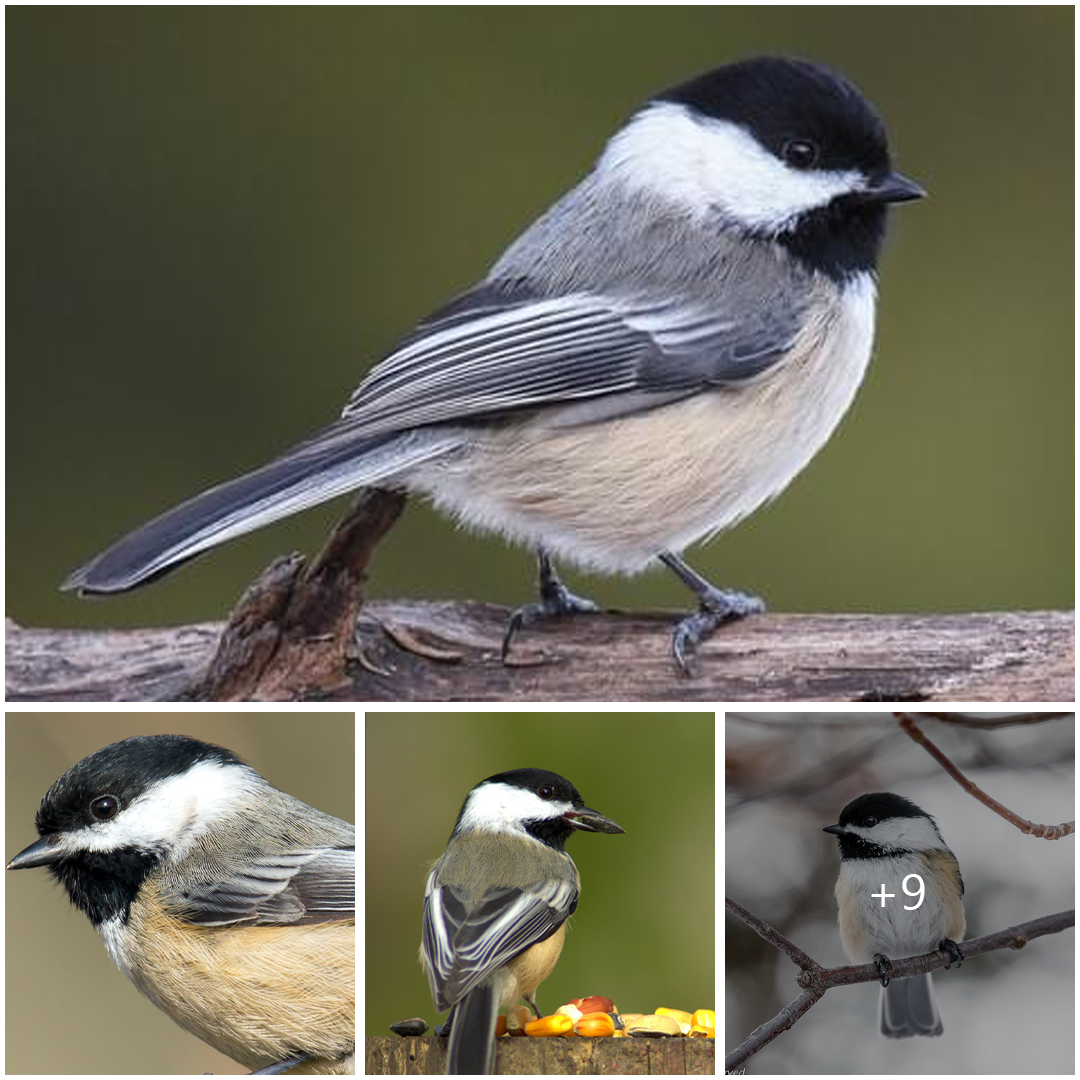
:focal(1421x947:1422x948)/https://tf-cmsv2-smithsonianmag-media.s3.amazonaws.com/filer_public/f9/67/f967137d-8dcd-44f1-8bd0-0407051901e8/pexels-aaron-j-hill-14588460.jpg)
Every fall, black-capped chickadees cache thousands of seeds, insects and other snacks to help them survive North America’s harsh winters. But how do these petite birds—named for their distinctive “dee-dee-dee” sounds—remember where they’ve stashed all this food?
Chickadees’ brains create barcode-like memories each time they deposit food, according to new research published last week in the journal Cell. The findings could offer new insights into how humans and other mammals create and store memories, the researchers report.
“When you form a memory of a specific event, your brain may generate a random label which it uses to store information associated with that event, in a way that is analogous to the way a store records information associated with each product to be retrieved when the label is scanned,” says study co-author Selmaan Chettih, a neuroscientist at Columbia University, to the Guardian’s Nicola Davis.
Researchers have long known about the black-capped chickadee’s impressive memory. But until now, they didn’t understand what was happening inside the birds’ brains that enabled their food-cataloguing feats.
To answer this question, scientists constructed a bird-sized indoor arena with 128 sites where food could be hidden. Then, they inserted probes into the brains of five chickadees to record their electrical activity. They placed the birds into the arena and used motorized feeders to provide them with sunflowers. The researchers also captured video footage on six cameras and set up an artificial intelligence program to track the birds’ movements and body positioning.
As expected, the birds hid the seeds throughout the arena. Each time a chickadee stashed food at a cache site, its hippocampus—a part of the brain responsible for learning and memory—briefly lit up with a unique pattern, similar to a barcode on an item in a store. When the bird went back to that site to retrieve the seed, researchers observed the same pattern in its brain.
“Each cache is a well-defined, overt and easily observable moment in time during which a new memory is formed,” says study co-author Dmitriy Aronov, also a neuroscientist at Columbia University, to Popular Science’s Laura Baisas. “By focusing on these special moments in time, we were able to identify patterns of memory-related activity that had not been noticed before.”
Surprisingly, this barcode-like brain mechanism occurred independently from the activity of hippocampal neurons called place cells, which record memories associated with specific locations. Past research has found that bats, rats, monkeys and other animals use place cells to help create cognitive maps of spaces that can be used in episodic memory, or the ability to remember life experiences.
“The assumption in the field was that episodic memory must have something to do with changes in place cells,” says Aronov in a statement. “We find that place cells don’t actually change when birds form new memories. Instead, during food caching, there are additional patterns of activity beyond those seen with place cells.”
The team also noticed that the chickadees’ neurons fired in a specific “seed code” pattern depending on whether a cache site did or did not contain a seed.
Exploring the relationship between the three systems—the barcodes, the place cells and the seed codes—might offer even more valuable clues about the mysterious underpinnings of memory formation.
“Understanding how they interact is probably going to tell us a lot more about how memory works,” says Thomas McHugh, a neuroscientist at Japan’s RIKEN Center for Brain Science who was not involved with the new paper, to Science News’ Jake Buehler.
Moving forward, researchers hope to explore whether the barcodes also activate when a bird is simply thinking about retrieving food from a specific cache, before taking any action. They’re also curious to know if other animals, including humans, use a similar tactic when forming episodic memories.







